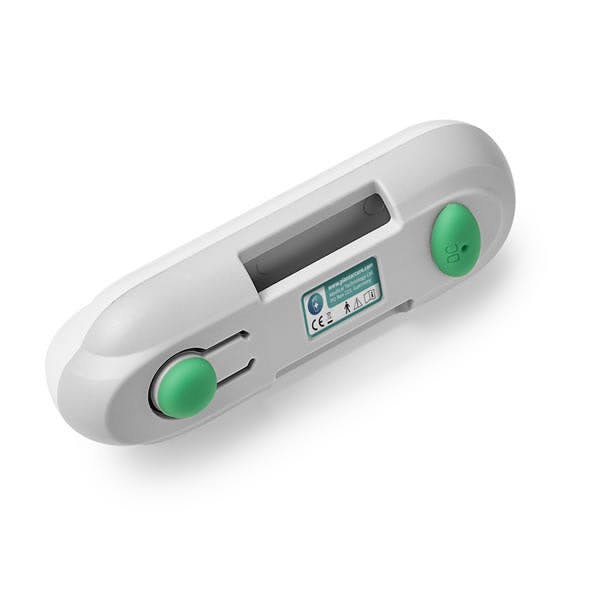How Tenease Works
NICE-approved high-frequency vibration technology that disrupts pain signals and accelerates healing

The Science Behind Tennis Elbow
📊 Tennis Elbow Facts
- Affects 3% of the population
- Most common between ages 30-50
- Only 10-15% are from racquet sports
- Primarily caused by work-related activities
- Equal prevalence in men and women
How Vibration Therapy Works
🔬 Dual-Action Mechanism
Pain Signal Disruption
High-frequency vibrations 'scramble' pain impulses in sensory fibres, preventing them from being interpreted as pain signals by the brain.
Healing Acceleration
Vibrations stimulate new blood vessel formation, increasing blood supply to damaged tendons and accelerating recovery.
✅ NICE Approved Treatment
This treatment modality is officially approved for tennis elbow by NICE, the National Institute for Health & Care Excellence.
Backed by Decades of Research
Over 40 years of clinical studies validate vibration therapy as the gold standard for tennis elbow treatment
🏥 Landmark Study
'Pain Alleviation by Vibratory Stimulation'
Researchers: Lundburg, Nordemar & Ottoson
Institution: Karolinska Hospital, Stockholm
Key Finding: Vibration therapy is more effective than TENS for tennis elbow relief
📈 Clinical Outcomes
98%
Success Rate65%
More Effective than TENS2-8
Weeks to Relief0
Side Effects🧠 Gate Control Theory
Vibration therapy works by activating large-diameter nerve fibers that "close the gate" to pain signals traveling to the brain.
Result: Immediate pain relief while tissues heal naturally
🩸 Vascular Enhancement
High-frequency vibrations stimulate angiogenesis (new blood vessel formation) in damaged tendons.
Result: Accelerated healing and tissue regeneration
✅ NICE Guidelines 2019
The UK's National Institute for Health and Care Excellence specifically recommends vibration therapy for tennis elbow treatment, stating:
"Extracorporeal shockwave therapy should be considered for people with tennis elbow when initial management has not been effective." - NICE Clinical Knowledge Summary
💬 Customer Testimonials
Don't take our word for it - read what our customers have to say about their experience with Tenease.
🌟 Trustpilot Rating
Verified Reviews: All testimonials are from real customers who have purchased and used Tenease for their tennis elbow treatment.






